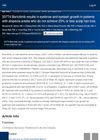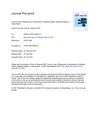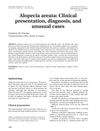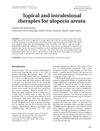Alopecia Areata Incognita: A Hypothesis
January 1987
in “
Dermatology
”
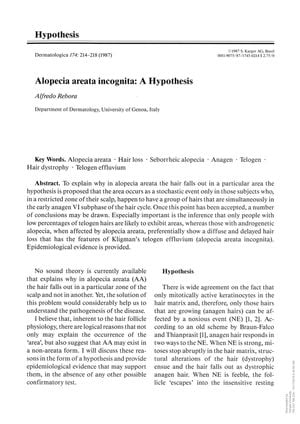
TLDR Alopecia areata may appear differently depending on the individual's type of hair loss and scalp condition.
In 1987, Alfredo Rebora hypothesized that alopecia areata (AA) is more likely to manifest as distinct patches in individuals with a low percentage of telogen hairs and who have a group of hairs in the early anagen VI subphase within a specific scalp zone. Conversely, those with androgenetic alopecia (AGA) may experience a diffuse form of AA, termed alopecia areata incognita, which resembles telogen effluvium. This hypothesis was supported by a study involving 90 male patients with AA and 107 control patients with other dermatological conditions, which showed that AA was more common in individuals with normal scalps or minor forms of seborrheic alopecia, indicating that the presentation of AA may vary depending on the extent of balding present.
